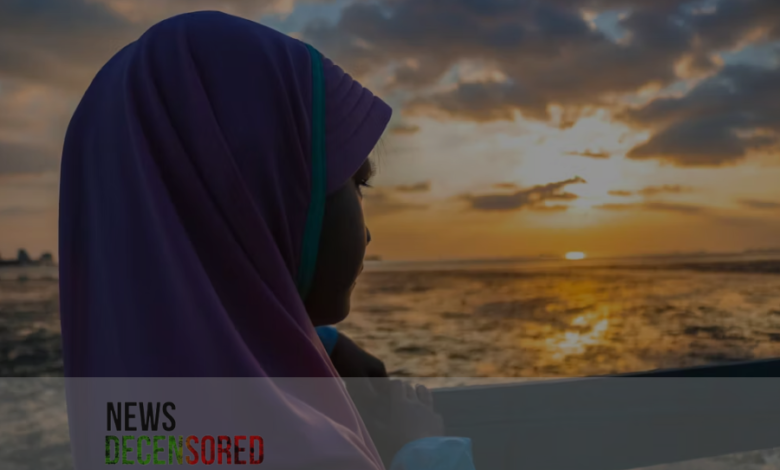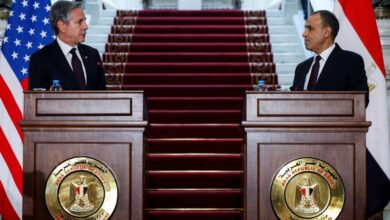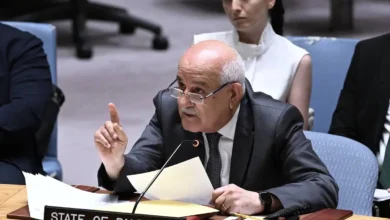Girls in hijab face overlapping forms of racial and gendered violence

Girls in hijab face combined racist and sexist oppressions, revealing the diverse enriched aspects of ethnicity and gender inequality. These young women are raised in a society in which their decision to wear the religion’s prescribed attire is a signal that they can be easily discriminated against, persecuted and even killed.
This combination of race, gender, and religion brings about complications that require awareness and not just confrontations, as well as different strategies in combating the problem. The acts of racism perpetrated against girls wearing the hijab are evident and hidden in nature. Covertly, these girls can be the prey of hate crimes, verbal harassment, and physical violence.
In many, if not most, western societies, one is easily recognized as Muslim due to the hijab, and this has unfortunately become a reason for racist violence. In this case, the hijab is not just a dress that covers a woman’s head but an object that triggers unconscious and explicit racism. It can also be a covert that is a daily display of two or more people in which the communicator imposes their power on the target verbally and nonverbally.
These may include being asked uncomfortable questions about their religion and the clothes they wear to being stopped for the ‘random’ search at the airport. Regardless of how insignificant such incidents may be when experienced one at a time when accrued, they culminate in forming a hostile environment in the context of racial trauma.
Gendered Violence Gendered violence against girls in hijab covers the entire spectrum of behaviors that are masculinized with the principal aim of making a woman’s submission to a man’s authority a reality due to the girl’s hijab attire. Such a campaign can encompass such violations as sexual harassment, domestic violence, and culturally accepted practices that limit women’s agency.
Thus, gendered violence against girls in hijab is not only a question of the Teko kind of ‘boys’ and abusive male authority figures but is motivated by their religious covering as well. One form of being a prisoner of gendered violence is through being policed on their body and what they wear.
Many times, girls who wear hijab, namely because of their religion, are not only judged by other people, especially non-Muslims but are also judged by fellow Muslim men and women. This policing can be as simple as the acceptable mode of dressing, the acceptable behavior, and interaction with other people, which, in essence, reinforces patriarchal dominance over the girl child.
For girls in hijab, their racial and gender identities are inextricably linked, meaning that the violence they experience cannot be fully understood through a single lens. The implications of intersectionality are profound. It requires policymakers, educators, and advocates to recognize and address the multifaceted nature of discrimination. Anti-racist strategies must incorporate a gendered lens, and gender equity initiatives must consider the impacts of racial and religious discrimination.
Addressing the overlapping forms of racial and gendered violence against girls in hijab requires a holistic approach. Education is critical in schools and broader societal contexts to combat stereotypes and promote understanding diverse identities. Legal protections against hate crimes and discrimination must be robust and enforced vigorously. Support services for victims should be intersectional, providing culturally sensitive and gender-responsive resources.
Empowering girls in hijab through leadership opportunities and platforms to voice their experiences is also essential in dismantling the structures that perpetuate violence. In conclusion, girls in hijab face unique challenges due to the intersection of racial and gendered violence. Recognizing and addressing these overlapping forms of discrimination is crucial in creating a more inclusive and equitable society. By adopting an intersectional approach, we can better understand their experiences and develop more effective strategies to combat the violence they endure.




